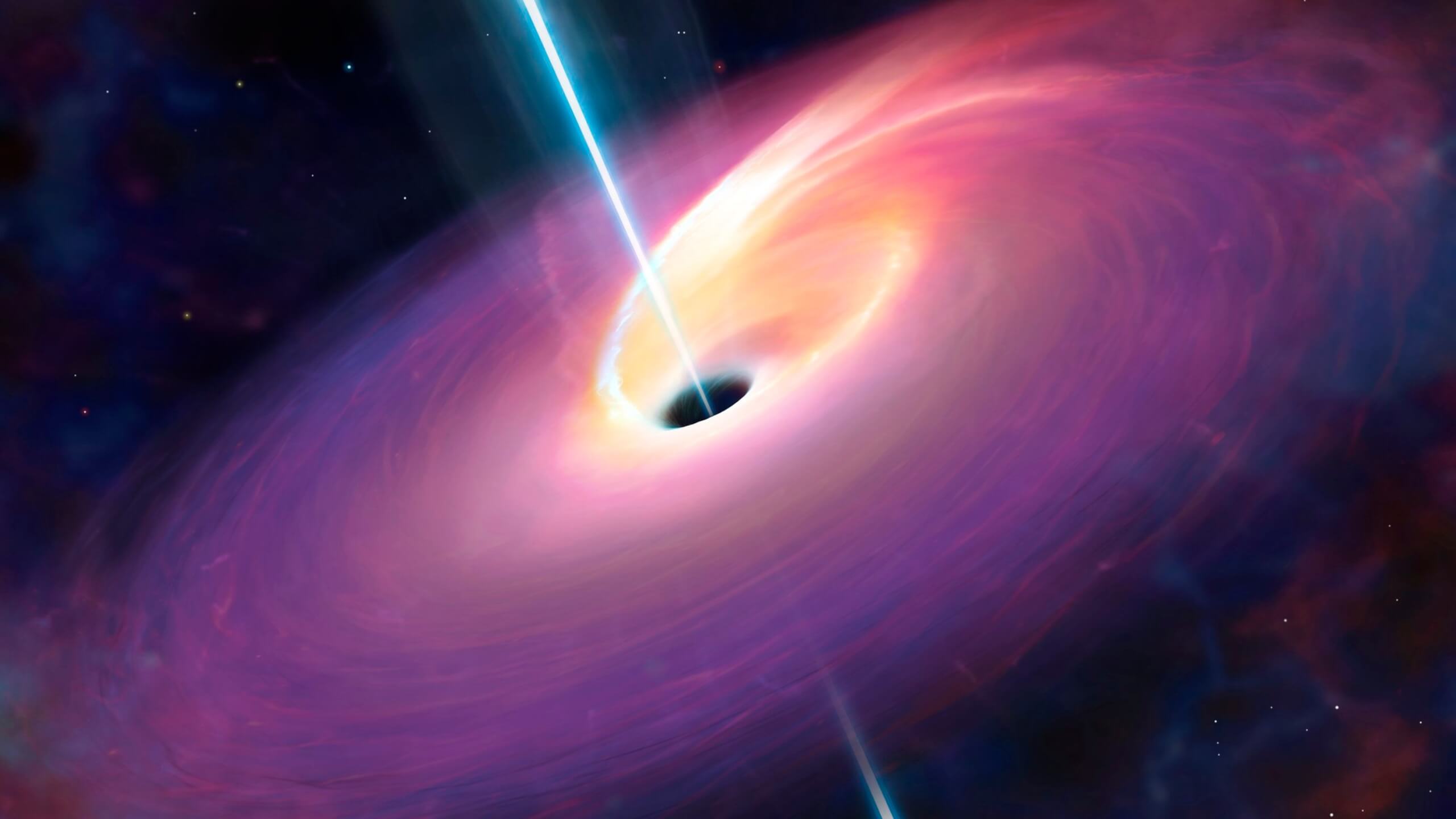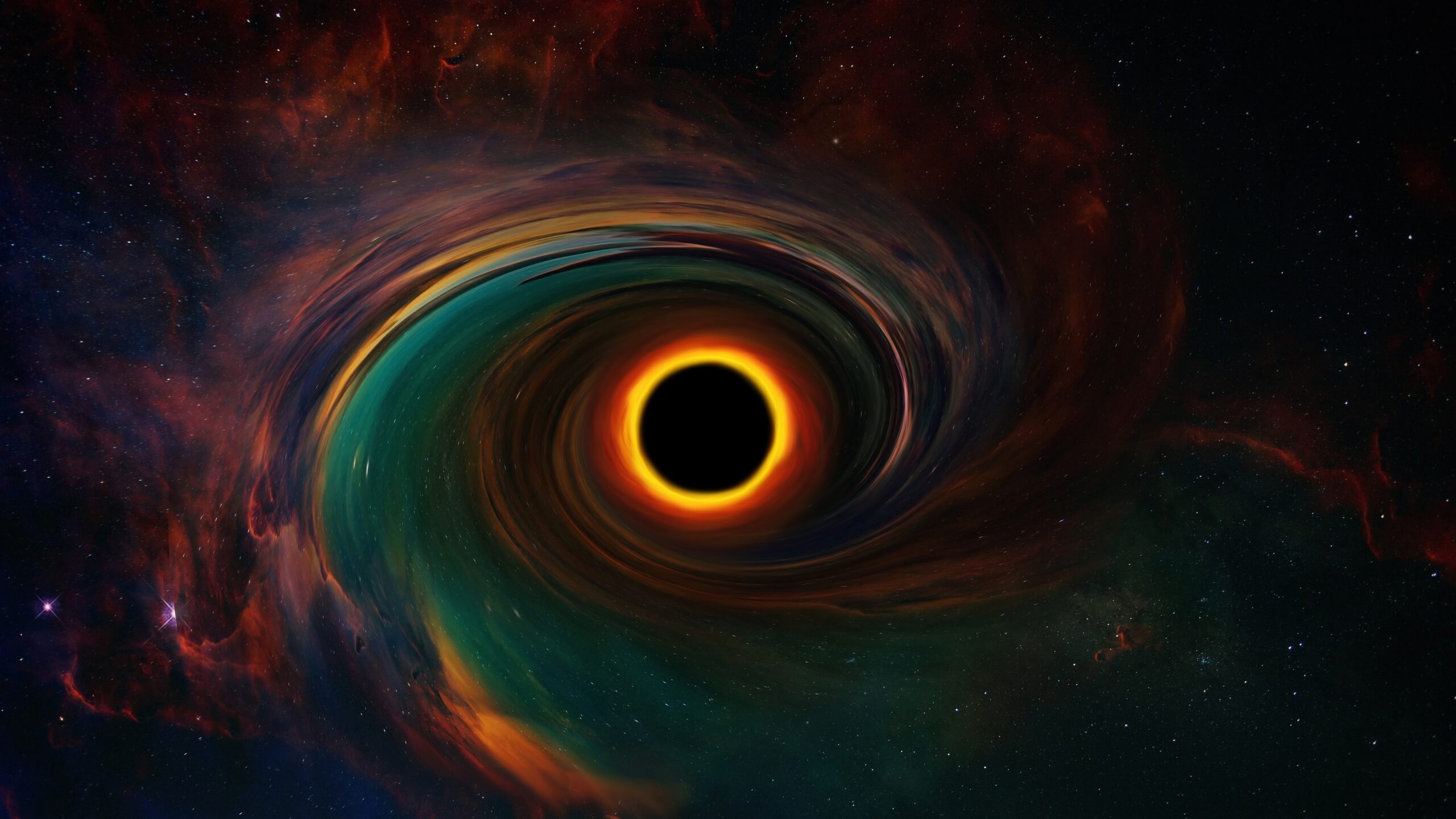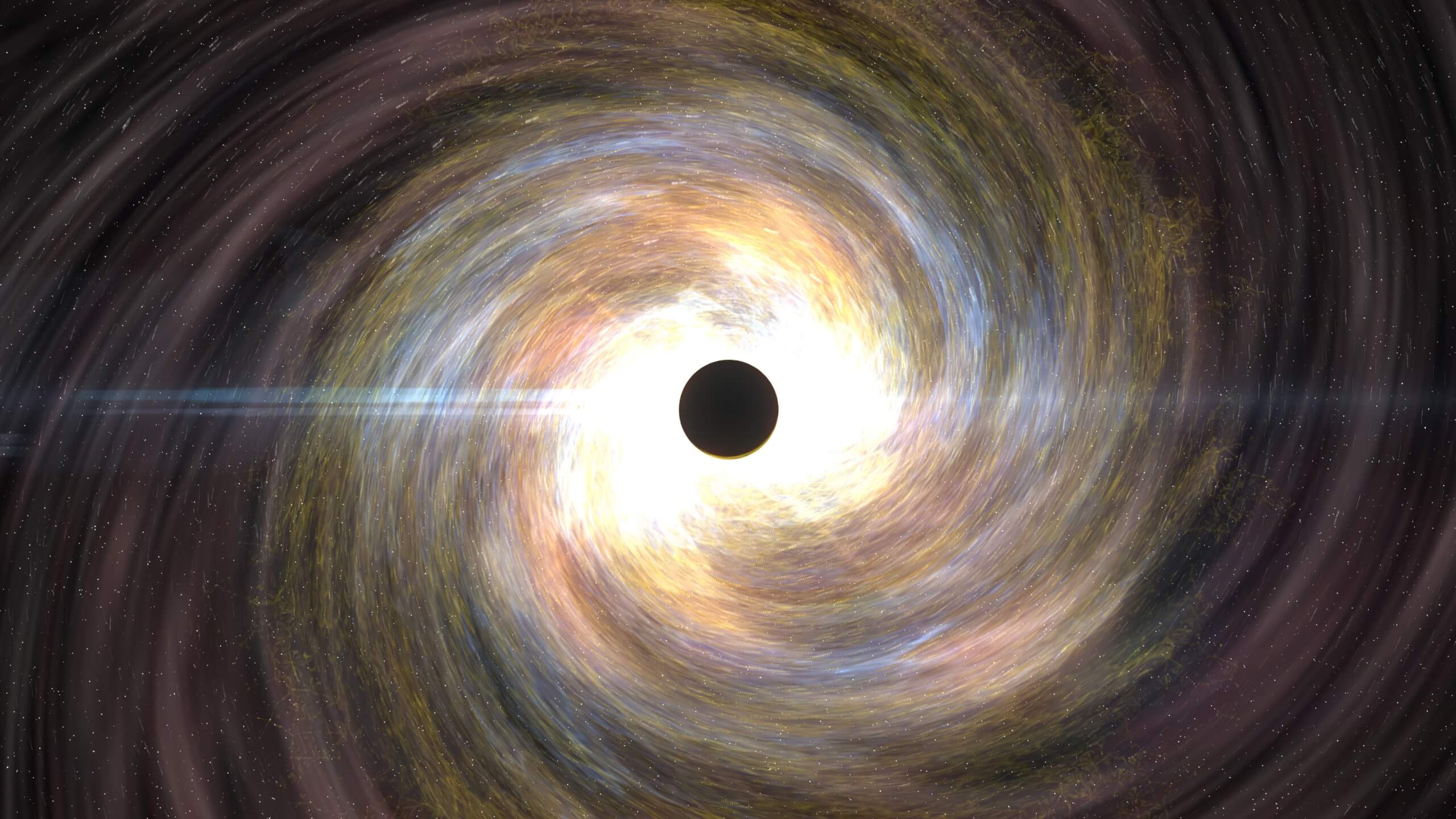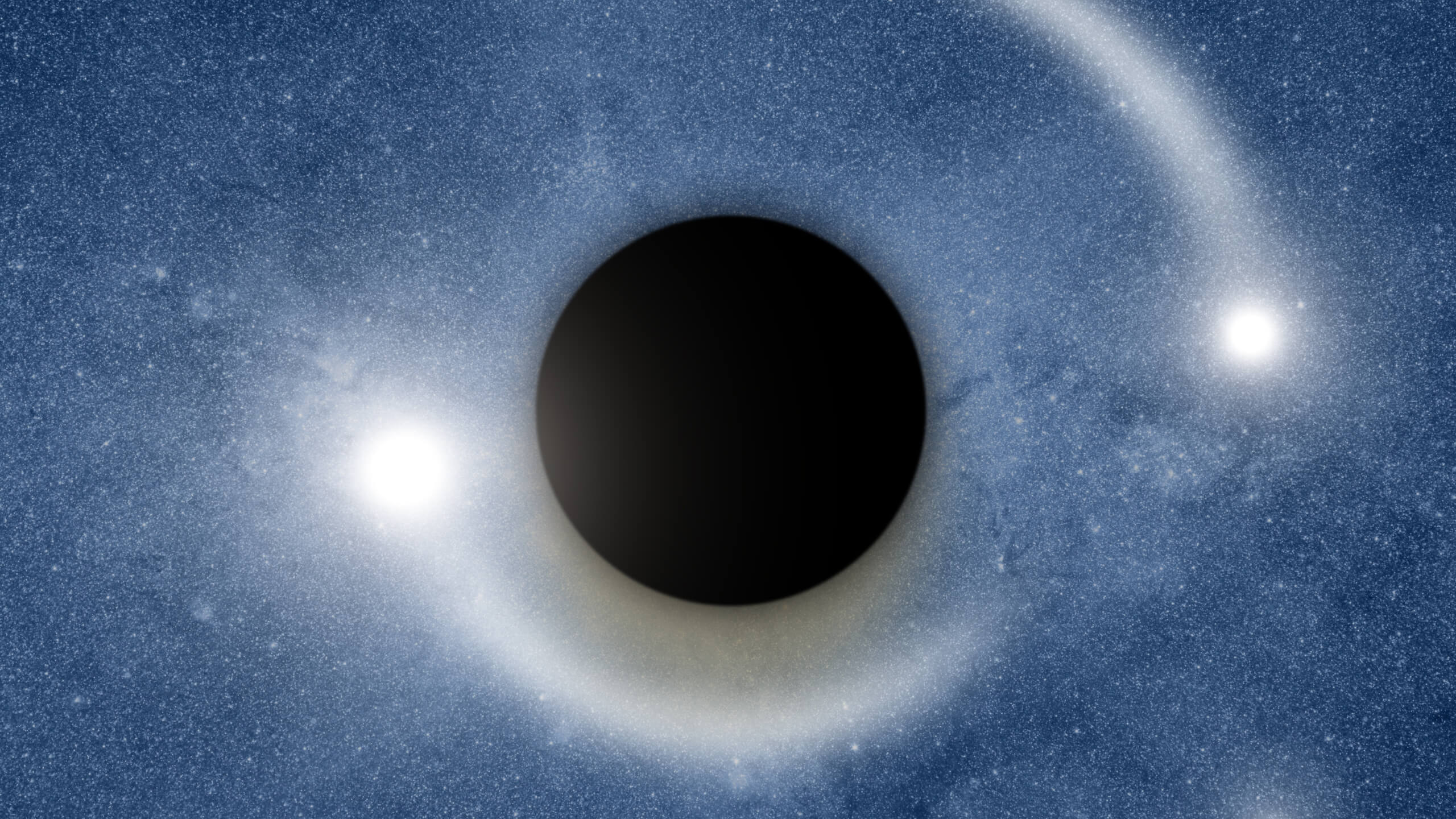The new record-breaking ultra-massive black hole is 30-33 billion times the mass of our sun. This has sparked a new wave of excitement among astronomers and astrophysicists.
It was found in the centre of an ancient galaxy Abell 1201 BCG which is 2.7 billion light-years away from Earth.
This still does not qualify as the Largest black Hole in the Universe. The largest black hole so far is Phoenix A* which is located in the Phoenix Cluster.
Read more about: The Biggest Black Hole in the Universe.

How was this ultra-massive black hole discovered?
This giant monster was discovered by observing its effect on its nearby objects. The pull of this ultramassive blackhole on passing light was observed by scientists at Durham University using the phenomenon known as gravitational lensing.
The search began in the year 2004 when Alastair Edge (professor at Durham University) observed a big arc of light during a galaxy survey, as normally when light travels through the universe it is pulled towards its nearby objects. And this arc was a big question.
“We found this very special light ray that travelled extremely close to this black hole,” “Roughly 40 billion times the distance of the Sun to the Earth is how close it was, which in astronomical terms is a very small amount,” said Dr James Nightingale (team lead from the physics department at Durham University).

How big is this ultra-massive black hole?
The black hole residing in the centre of galaxy Abell 1201 BCG is 30-33 billion times the mass of our sun, making it one of the largest black holes ever known.
Where is this black hole located?
The ultramassive black hole is located in the centre of the galaxy called Abell 1201 BCG. Abell BCG is a massive elliptical galaxy which is about 2.7 billion light years away from Earth.

What is the name of an ultra-massive black hole?
The name of this ultramassive black hole is yet to be decided, however, it is located in the centre of a galaxy, Abell 1201 BCG. Astronomers often refer to black holes by their location or by the name of the galaxy they reside in, so it is expected that the name of the galaxy will be decided accordingly.
What are some of the implications of discovering such a massive black hole?
Discovering such an ultramassive black hole provides insights into the formation and evolution of galaxies and the role that black holes play in their growth. It also poses intriguing questions about the maximum size that black holes can attain and the mechanisms that allow them to grow to such enormous sizes.\
Sources:

